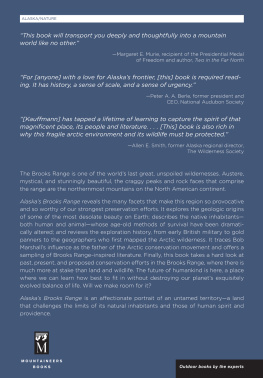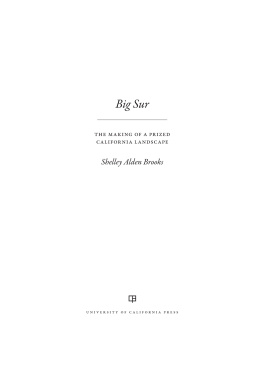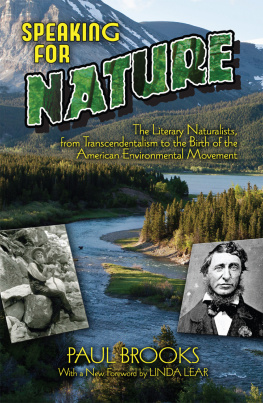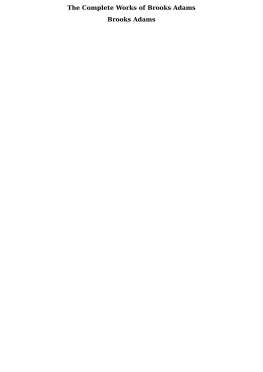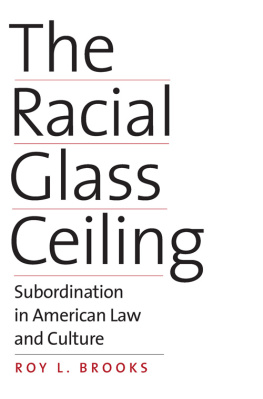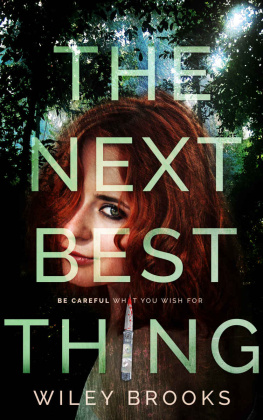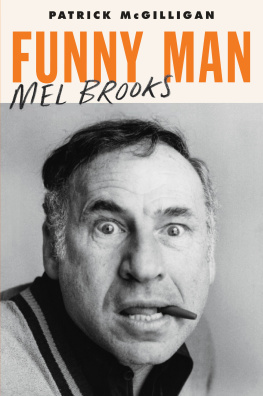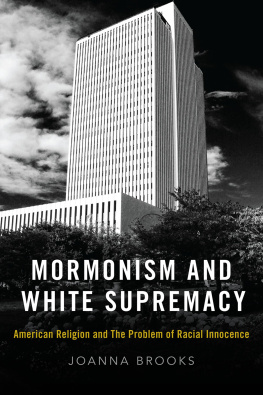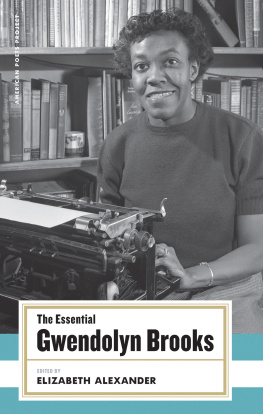Contents
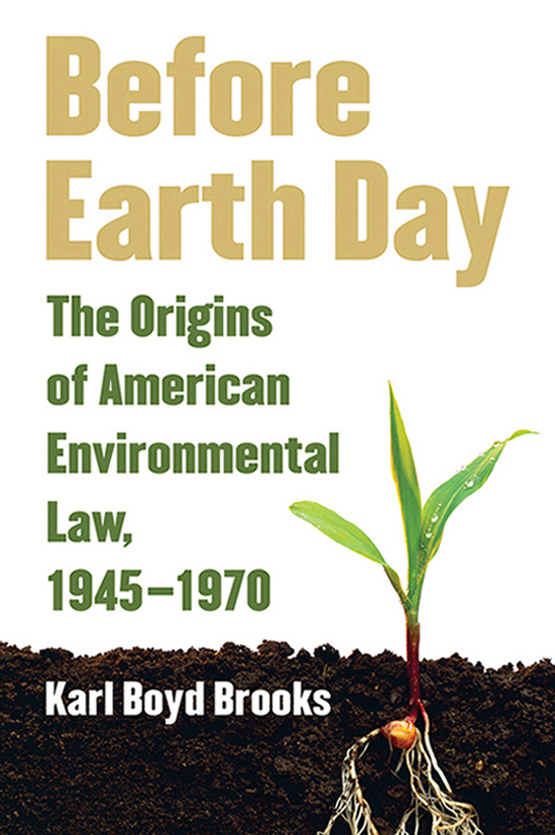
BEFORE
EARTH DAY
Before Earth Day
THE ORIGINS OF AMERICAN ENVIRONMENTAL
LAW, 19451970 Karl Boyd Brooks

2009 by the University Press of Kansas
All rights reserved
Published by the University Press of Kansas (Lawrence, Kansas 66045), which was organized by the Kansas Board of Regents and is operated and funded by Emporia State University, Fort Hays State University, Kansas State University, Pittsburg State University, the University of Kansas, and Wichita State University
Library of Congress Cataloging-in-Publication Data
Brooks, Karl Boyd.
Before Earth Day : the origins of American environmental law, 19451970 / Karl Boyd Brooks.
p. cm.
Includes bibliographical references.
isbn 978-0-7006-1893-4 (pbk. : alk. paper)
isbn 978-0-7006-2318-1 (ebook)
1. Environmental lawUnited States. 2. Environmental lawUnited StatesHistory. I. Title.
kf 3775. b 727 2009
344.7304'6 dc 22
2008044077
British Library Cataloguing-in-Publication Data is available.
Printed in the United States of America
10 9 8 7 6 5 4 3 2 1
The paper used in this publication is recycled and contains 30 percent postconsumer waste. It is acid free and meets the minimum requirements of the American National Standard for Permanence of Paper for Printed Library Materials z 39.48-1992.
For Mary
PREFACE
While actively practicing law in my hometown of Boise, Idaho, between 1983 and 1996, I rarely had time to think about what I was doing, or why. I was too busy worrying about how I was doing to ponder laws what or why. For nine of those fourteen years, I lawyered in some out-of-the-ordinary ways. I represented 30,000 of my neighbors for six years as a state legislator and then crisscrossed the Gem State for three years on behalf of its biggest grassroots environmental group. Even then, as my legal work brought me every day right up against laws embrace of the natural world, the how of politics and advocacy consumed me. The what of environmental law, or its why? No one paid, elected, or tasked me to worry much about them.
I began studying for a history doctorate in 1996 at the University of Kansas, only one time zone east of my home state but a world away from Idahos white-hot environmental politics. In the Wheat State, environmental controversy was hardly even below the fold. Journalistic ignorance and popular indifference hid environmental law from public view. The field lay where it had come to rest by the late 1970s: a specialized province inhabited mostly by public administrators, corporate lawyers, and law teachers. Gaining some personal distance and intellectual perspective on my idled law practice helped me appreciate what I had been doing. I had, in fact, spent fourteen years of my young adulthood making law. Journalistic jargon classifies elected members of the legislative branch as lawmakers, so service in the Idaho senate between 1986 and 1992 clearly qualified me. But the more I read and wrote and thought and talked about environmental and legal history during graduate school, the clearer I became about what Iand my colleagues in practice, politics, and public-interest laborhad been doing. All of us had been making law. That was the what of it.
Nearly as soon as I began writing my dissertation in 1998, under my dear friend Donald Worsters guidance, I realized lawmaking about American nature enlisted more than attorneys, legislators, and lobbyists. Lawyers represent clients, so they make the law, too. Legislators serve at constituents pleasure, so my neighbors, in their sovereign capacity as voters, made environmental law. Lobbyists and activists speak and write on behalf of their organizations members: Idaho Conservation Leagues 3,000 dues-paying members were thus lawmakers. And so were the Idaho Mining Associations corporate founders, and Idaho Power Companys ratepayers, and so on through the infinite directory of organized and unorganized American citizenry.
James Willard Hurst had well understood this many-handed work of making American law. His legal histories in the postwar era broadened our fields focus beyond appellate judges published opinions, governors executive messages, and administrative agencies rules, beyond even the printed texts created by people officially invested in some fashion with lawmaking authority. Willard Hurst showed me how clients, even before they walked into a lawyers office, while merely being landlords or employees or patients, made law. Those voters who went to the polls in 1986, 1988, and 1990 to mark their ballots for my three Republican opponents in Legislative District 20 were lawmakers, too. Their demands and preferences and prejudices influenced my legislative speeches, bill drafts, and floor votes.
The dissertation that became my first book, Public Power, Private Dams: The Hells Canyon High Dam Controversy, impelled me to consider another lawmakers contributions to postwar administrative law change in the Snake-Columbia Basin of the American Northwest. The Snake Rivers waters determined whether sugar beets or Chinook salmon, or some of each species, would live or die along the watersheds high desert banks. Those now-rushing, now-silent rivers of the postwar Northwest, whether pounding loud or pooling still, were making and remaking law simply by doing and being. Americans struggled to remodel their rules about owning, using, and valuing rivers because the waters kept changingand changing usas we owned, used, and revalued them. By 1957, when my book about the Hells Canyon controversy closes, the rivers lawmaking agency had empowered corporations, resisted administrators, perplexed biologists, and divided citizens. Thus divided, citizens had fiercely contested their sovereign right to make new and remake old laws to cope with the rivers own sovereign, lawmaking power. Historians term the Snakes own power to make change across time as agency. Lawyers might recognize natural agency as a form of sovereignty. By whatever label we use to describe the waters power, it deserved more careful consideration, just as environmental and legal historians study human actors to assess their historical agency.
By trying to explain how natural features and forces interacted with people to make the postwar Northwests history, I pointed myself toward this books subject: the origins and emergence of American environmental law. Much of the earlier thinking, reading, and writing that enabled me to write Public Power, Private Dams imaginatively outlined the techniques, tools, and evidence I now use to answer the big question at this books heart. What happened before 1970 to create environmental law? As late as 1967, the evidence indicates that no American legal professionalwhether scholar or practitionerwrote or spoke the simple label, environmental law. After 1970, not only legal professionals but the lay public recognized something new had emerged. All spoke easily of environmental law as that new something. An entirely new legal discipline and way of thinking about law, one of the most stubbornly conservative and gradually evolutionary of human constructs, doesnt just happen in three years. This book therefore explores how changes underway before 1970 among the American people and amid the natural world they inhabited transmuted older forms of legal thought and practice into environmental law.


